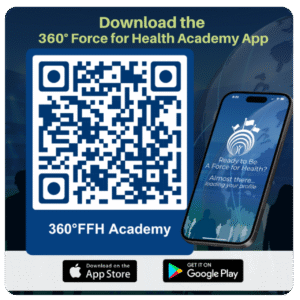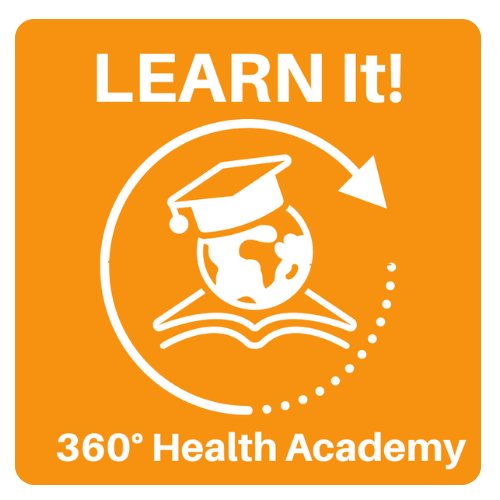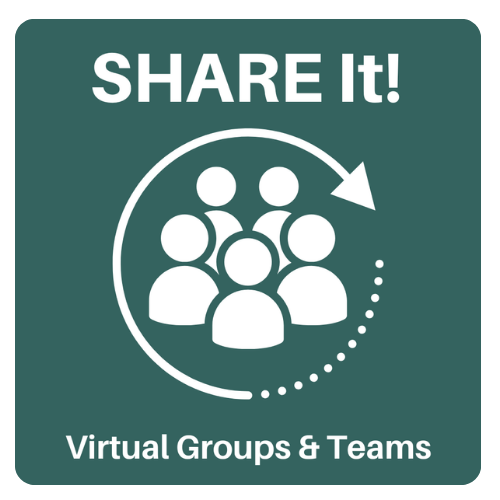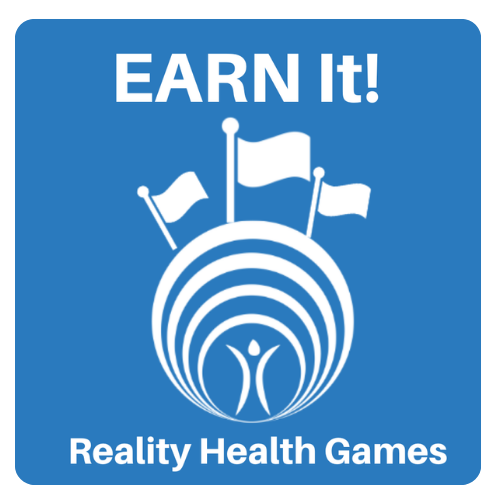
National Women and Girls HIV/AIDS Awareness Day: Empowering Women to Protect Their Health
Medical Minutes with Dr. Rob: National Women & Girls HIV/AIDS Awareness Day
Hello, I’m Dr. Rob Gillio, Chief Medical Officer at the Force for Health Network. Today, we recognize National Women & Girls HIV/AIDS Awareness Day, a time to shine a light on the impact of HIV/AIDS on women and girls—and what we can do to protect and support them.
The Reality of HIV/AIDS for Women & Girls
HIV/AIDS isn’t just a men’s health issue—it disproportionately affects women and girls around the world.
📊 1 in 4 people living with HIV in the U.S. is a woman.
📈 Black and Latina women account for the majority of new HIV cases among women.
👩⚕️ Many don’t know they’re infected—early detection is key.
⚠️ Women face unique risks, including transmission during pregnancy, childbirth, and breastfeeding if untreated.
🚧 Stigma and misinformation prevent many from getting tested or seeking care.
How Can Women & Girls Prevent HIV?
The good news is that HIV is preventable with the right knowledge and actions:
✅ Get tested—The only way to know your HIV status is through regular testing.
✅ Use protection—Condoms reduce the risk of HIV and other STIs.
✅ Consider PrEP (Pre-Exposure Prophylaxis)—A daily pill that reduces the risk of HIV infection for those at higher risk.
✅ Avoid sharing needles—Injection drug use increases the risk of HIV transmission.
✅ Get treated if pregnant—If a woman with HIV gets proper care, she can give birth to an HIV-negative baby.
How Can We Support Women & Girls?
HIV/AIDS isn’t just a medical issue—it’s a social and community issue. We all have a role to play in breaking the cycle of infection, stigma, and health disparities.
❤️ Encourage testing & treatment—Early detection saves lives.
💡 Educate & empower—Knowledge is the best defense against HIV.
🛑 End stigma—Support open, judgment-free conversations about HIV/AIDS.
💊 Advocate for healthcare access—Affordable medications and preventive care should be available to all.
Final Thought
HIV/AIDS doesn’t have to be a death sentence—but silence and stigma can be. This National Women & Girls HIV/AIDS Awareness Day, let’s commit to education, prevention, and compassionate support for all women and girls.
I’m Dr. Rob—stay informed, take action, and be a force for health. See you next time!
Recommend0 recommendationsPublished in Health Month Awareness Series






Responses